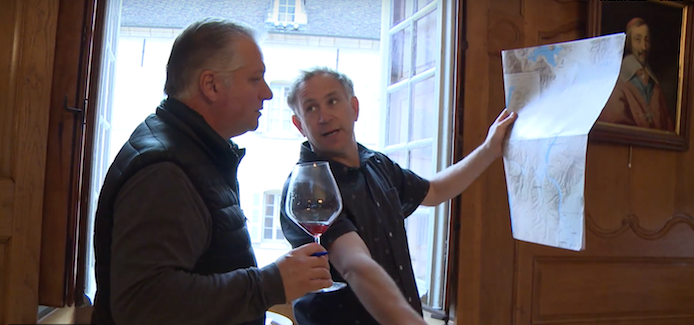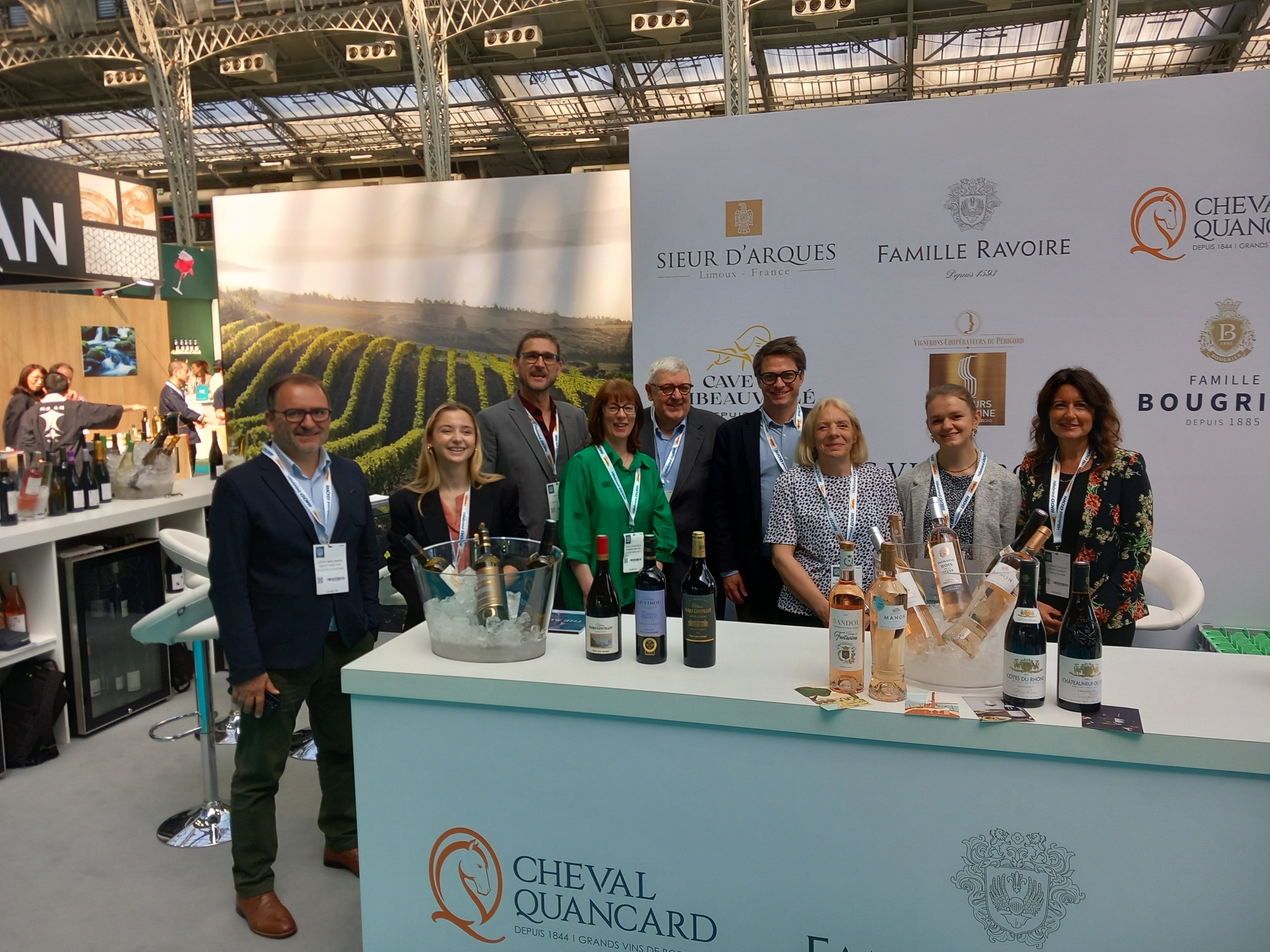At a seminar called 12 Years of the Burgundy Central Otago Exchange – what have we learned? we also got to try wines made from winemakers who took part in the exchange programme.
Historically the Burgundians have always kept themselves to themselves. Burgundy authority Jasper Morris at the start of a formal tasting to celebrate 12 years of the Central Otago Burgundy Exchange programme, relayed a Clive Coates story from the 1970s about asking directions from one vigneron as to the whereabouts of his next stop, another winemaker.
“I do not know, I have never heard of him,” the vigneron gesticulated (presumably with a shrug and a flick of his Gauilloises) even though he was being asked the directions to his brother-in-law’s wine estate.
How times have changed.
In Queenstown, Central Otago, the tasting that Morris was presiding over was to celebrate 12 years of the Central Otago Burgundy Exchange programme that is all about sharing and connecting. It is the only agreement of its type that Burgundy has with another wine region, and a unique melding of Old and New World.
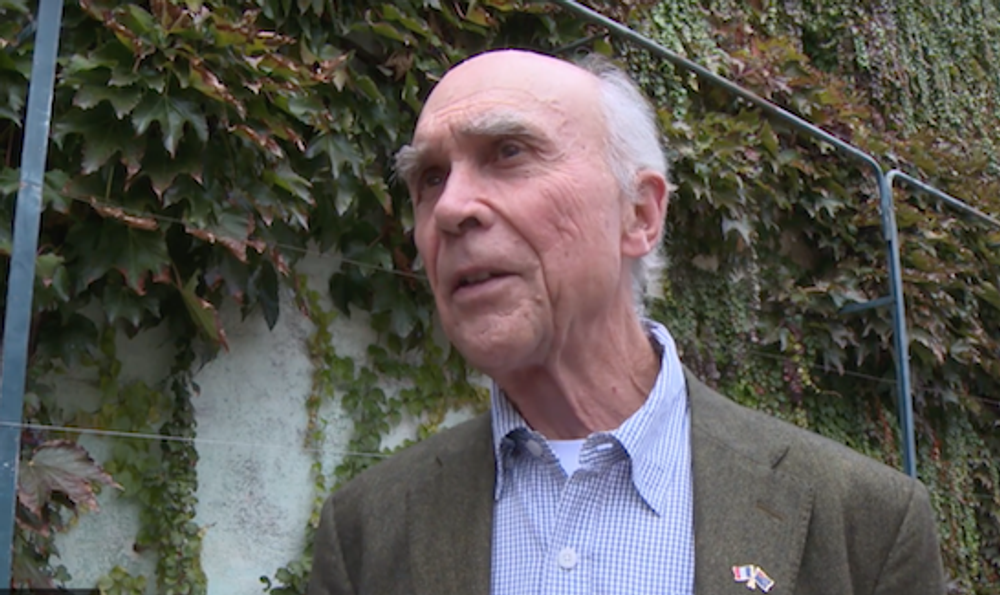
“It has started a sparkle that has not stopped”: Aubert de Villaine, Domaine de la Romanée-Conti
The programme allows for upcoming viticulturists and winemakers from the two regions to gain knowledge of alternative techniques and to be exposed to different wine cultures. Each year French stagiaires come to New Zealand for ‘work experience’ and interns travel the other way, to date almost 80 stagiaires have participated in the exchange programme.
Nick Mills who is the owner of Otago’s Rippon Estate and co-founder of the Exchange programme explains that it is more than copying each other’s techniques
“It is not about emulation, it’s about a sharing of value and understanding a collective sense of heritage. We do this through a collaborative approach between two bands of young and developing winemakers. Stagiaires from Central Otago gain insight from the centuries of attention to specific vineyard sites, how they have been codified and the enormous history for tradition is something that a person from a very young country like New Zealand cannot fully appreciate until being fully immersed amongst it.”
“Conversely, Burgundians come to Central Otago and find a place that does not have the detailed geographical and political overlays, a relatively blank canvas as it is free of the sort of constraints the Burgundians have grown used to. For us we get to see the cultural importance of wine and see the entire process from start to finish, for them it is a chance to experience the freedom and self-confidence of Central Otago. We have freedom and they have restraint.”
“It’s about learning and approaches, what we’ve taken from them is one variety, single site, open fermenters, pigéage, the type of oak, élevage, the shape of the bottle.
“They liked the laid back approach in Central Otago, the hard working attitude … and beer.”
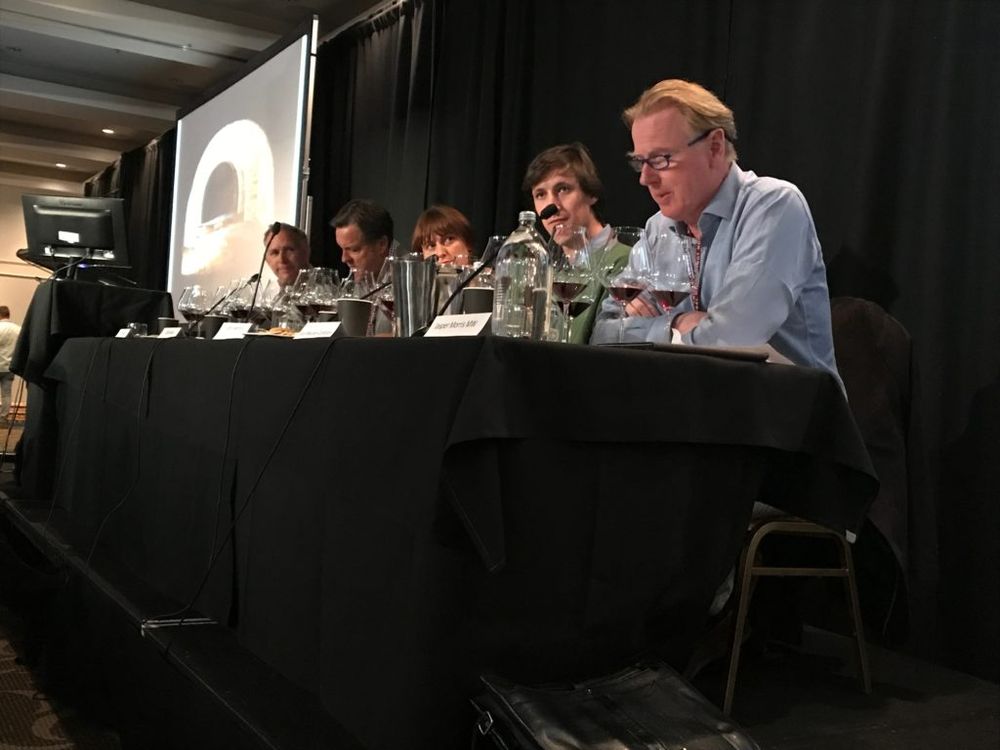
Louis Meunier, (second from right) explaining what he had learned during the programme, Pinot Noir Celebrations, January 2019
Louis Meunier, a winemaker from Domaine Jean-Jacques Confuron, was on the panel to explain first hand how helping to make wine in New Zealand gave him an opportunity to see a completely different aspect to the business, and to come to an area free from political and sociological constraints.
“For Burgundian vignerons who never get to travel you only ever learn about Burgundy. I am the fifth generation winemaker in my family which is normal, in Burgundy it is mainly family domaines with about five hectares of vines. But in Central Otago it is very different you are creating vineyards where nothing has existed before. The domaines are much bigger and they are managed differently, often owners are not always involved in the day to day which has advantages – the managers can focus on specific sectors.”

Nick Mills (l) co-founder of the Central Otago Burgundy Exchange programme during the winemakers’ trip to Beaune
As part of the overall Exchange a group of Central Otago winemakers travelled to Beaune where Aubert de Villaine hosted a lunch to which the great and the good of Burgundy attended to try the wines and share knowledge – there was a reception in the Hospices and so on.
A film was made of the trip which has been shown in flight on Air New Zealand ever since, a brave and effective piece of marketing. In it we see Villaine giving the Exchange his seal of approval.
“The relationship with Central Otago is something that was started by a few people and it has started something, it has started a sparkle that has never stopped… to see people so far away carry the same philosophy and passion it is so touching and something I really love.”
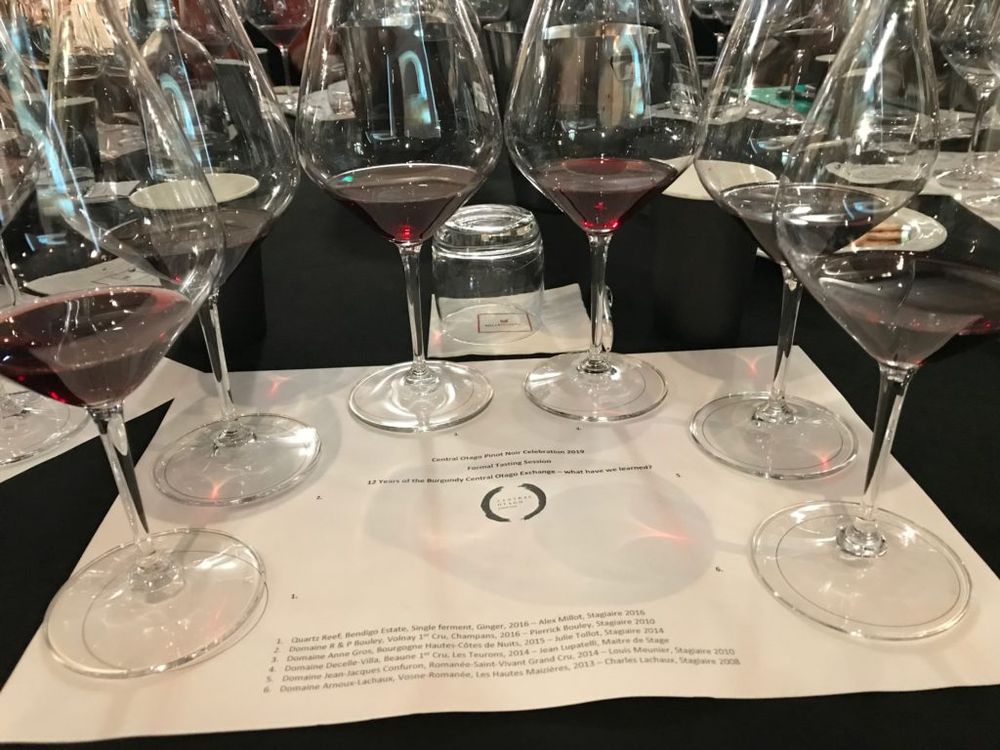
The tasting at the Pinot Noir Celebrations combined wines made by winemakers both French and Kiwi who had taken part in the programme
The programme has been so successful that it no longer needs a formal structure to keep it in place with stagiaires continuing to spend time in either region every harvest.
Mills unveiled a sculpture that was crafted on a barrel head by Bugundian winegrower and sculptor Jean-Michel Jacob that portrays the essential differences and commonalities between the two regions and will be demonstrated at events both in Central Otago and then Burgundy to keep the spirit of the Exchange in place.
